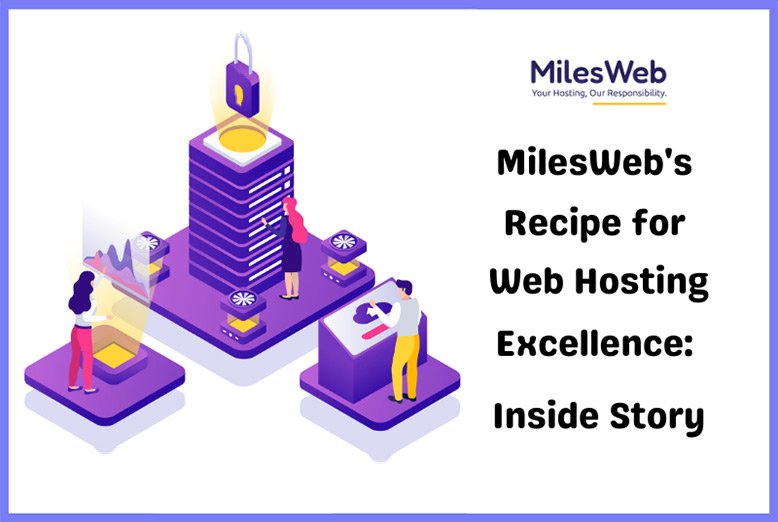Continuous improvement is crucial for the success of any business. It involves fostering a mindset that promotes growth and making advancements across all areas of your company. To achieve this, it is vital to provide your team with training in improvement techniques. This article explores ways to train your team, equip them with the necessary tools and skills, and cultivate an environment that nurtures continuous improvement.
1. Begin with an Evaluation
Before starting any training initiative, it is important to conduct an assessment of your team’s current understanding and abilities in key continuous improvement techniques. This evaluation helps pinpoint areas where additional knowledge is needed, allowing you to customize the training program accordingly. By analyzing both strengths and weaknesses, as well as collective gaps, you gain insight into which areas need attention.
2. Establish Clear Aims and Objectives
To ensure the success of your training program, set goals and objectives that align with your organization’s aims. These objectives could revolve around enhancing efficiency, improving product quality, or boosting customer satisfaction. Communicating these goals to your team members helps them understand the significance of their training efforts.
3. Explaining Essential Continuous Improvement Concepts
To lay the groundwork for your team’s learning journey, introduce them to continuous improvement concepts such as Lean Thinking, Six Sigma principles, Kaizen philosophy, the PDCA (Plan-Do-Check-Act) cycle, and Agile methodologies. Describe these concepts using straightforward language to ensure everyone can easily grasp them.
4. Offering Educational Workshops or Courses
One effective way to educate your team on improvement techniques is by organizing workshops or courses specifically designed for this purpose. Seek out training providers that offer programs tailored to different skill levels—from basic to advanced—to meet the diverse needs of employees. During these sessions, ensure there are opportunities for hands-on activities where participants actively practice improvement techniques rather than just listening to lectures. This hands-on experience allows them to directly apply what they learn in their work.
5. Promoting Cross-Functional Collaboration
Continuous improvement should not be confined to one team or department; it should involve the entire organization. Foster collaboration across departments by encouraging employees to work together on improvement projects and share their knowledge and perspectives. This collaborative approach promotes the exchange of ideas and fosters learning from each other’s experiences.
6. Implementing Visual Management Techniques
To enhance transparency and accessibility of information within your team, utilize visual management tools such as Kanban boards, process flowcharts, performance dashboards, or A3 problem-solving reports. These tools aid in identifying bottlenecks, tracking progress, and facilitating communication among team members, thereby driving improvement efforts forward.
7. Providing Ongoing Support and Coaching
Offering support and coaching is essential to ensure that training is a continuous process rather than a one-time event. After participants complete training programs or workshops, establish mechanisms for reinforcement through periodic check-ins. Monitor progress, provide feedback, address challenges faced by individuals or teams, and offer guidance when necessary. Encourage leaders within the organization to act as mentors or coaches, sharing their knowledge and experience in improvement techniques.
8. Celebrating Successes
Foster a culture of improvement by celebrating achievements throughout the journey. Acknowledge individuals who make improvements, whether through small victories or reaching key milestones. Recognize the team’s efforts publicly during group meetings, share success stories internally, and consider implementing reward systems to encourage contributions towards achieving continuous improvement objectives.
9. Fostering a Continuous Improvement Mindset
To cultivate a mindset of improvement, it is essential to create an environment that supports lasting changes in your team’s behaviors and practices. Encourage discussions where everyone feels comfortable sharing ideas for improvement without the fear of criticism. Emphasize the importance of learning from mistakes and taking calculated risks to discover solutions. By integrating improvement into your team’s routine, it becomes a natural part of their thinking, resulting in sustained progress.
Conclusion
Providing your team with training in improvement techniques helps build a workforce that consistently aims for excellence. By conducting an assessment, setting objectives, offering comprehensive training programs, promoting teamwork, using visual management methods, providing ongoing support and guidance, celebrating achievements, and nurturing a culture of continuous improvement, you empower your employees to lead change and achieve impressive outcomes. Invest in training today to ensure the long-term success of your organization!
Also Read: Top 10 Business Improvement Techniques for Operational Excellence




















